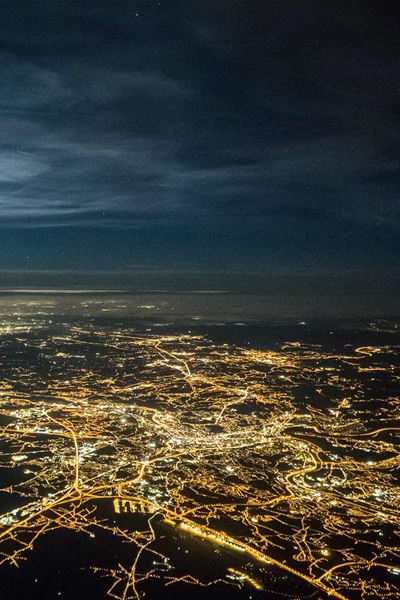Weather in Nagoya in January 2026
- January is usually the coldest month of the year in Nagoya;
Average weather
Average temperature in Nagoya in January
Going from a maximum of +59°F during the day to a minimum of +27°F during the night, the temperature in January averages around +50°F.
The average maximum temperature goes down 17% by the end of the month, compared with the beginning of the month, from +52°F to +46°F.
Is Nagoya warm or cold in January?
Nagoya is typically chill in January.
Maximum temperatures go down compared to the previous month from +52°F to +48°F. The minimum temperature also goes down from +37°F to +34°F.
Pack a jumper and a jacket as there will be cooler temperatures.
January is the coldest month in Nagoya, here is the comparison with other months:
Climate in Nagoya in January
| December | January | February | ||||
|---|---|---|---|---|---|---|
| Avg. temperature | ||||||
| +52°F | +48°F | +50°F | ||||
| Min. temperature | ||||||
| +25°F | +19°F | +19°F | ||||
| Max. temperature | ||||||
| +72°F | +64°F | +70°F | ||||
| Rainfall | ||||||
| 44 mm | 48 mm | 58 mm | ||||
| Wind | ||||||
| 2 m/s | 2 m/s | 2 m/s | ||||
| Humidity | ||||||
| 70% | 67% | 65% | ||||
| Air pressure | ||||||
| 1018 HPa | 1018 HPa | 1018 HPa | ||||
| Sunny days | ||||||
| 7 | 6 | 5 | ||||
| Cloudy days | ||||||
| 15 | 15 | 12 | ||||
| Rainy days | ||||||
| 9 | 9 | 9 | ||||
| Snowy days | ||||||
| 0 | 1 | 1 | ||||
January weather is still as good as in December. It’s getting colder in January. From +52°F in the day, the average maximum temperature lowers to +48°F. Prepare for more rain. Average rainfall goes from 44 mm to 48 mm. It feels drier, as humidity decreases from 70% to 67%. The average wind speed doesn’t change much during January, staying around 2 m/s. The days becoming less sunny, going from 7 sunny days in December to 6 in January.
Next month (February) brings a further decline in the weather.
Wind
The average wind speed is 3 m/s getting up to 6 m/s which is a medium breeze. You can feel it, especially getting out of the water.
The average wind speed in Nagoya is gradually decreasing during January, going from 4 m/s to 2 m/s over the course of the month.
Rain
How was the weather last January in Nagoya?
Climate Change Over the Years
The climate in Nagoya in January has not changed that much over the last 43 years.
The average temperature was the lowest in 1981 (+66°F) and the highest in 2024 (+73°F). The driest year was 1984 with only 953 mm of rainfall, and the wettest year was 2022 with 2090 mm.
FAQ
Is January a good time to visit Nagoya?
Can you sunbathe in Nagoya in January?
Is Nagoya rainy in January?
Is it sunny in Nagoya in January?
Other cities in Japan
Monthly weather in Nagoya
Source of the data
For this page, we’ve looked at the typical weather in Nagoya, based on historical hourly weather data from January 1, 1979, to December 31, 2023.
For past dates, we show actual recorded data at the location at that time. Forecasts are based on recorded weather during that day of the year, averaged over the total years for which we have records (unless stated otherwise). The daily temperature is the highest recorded temperature in the shadow during that day.

